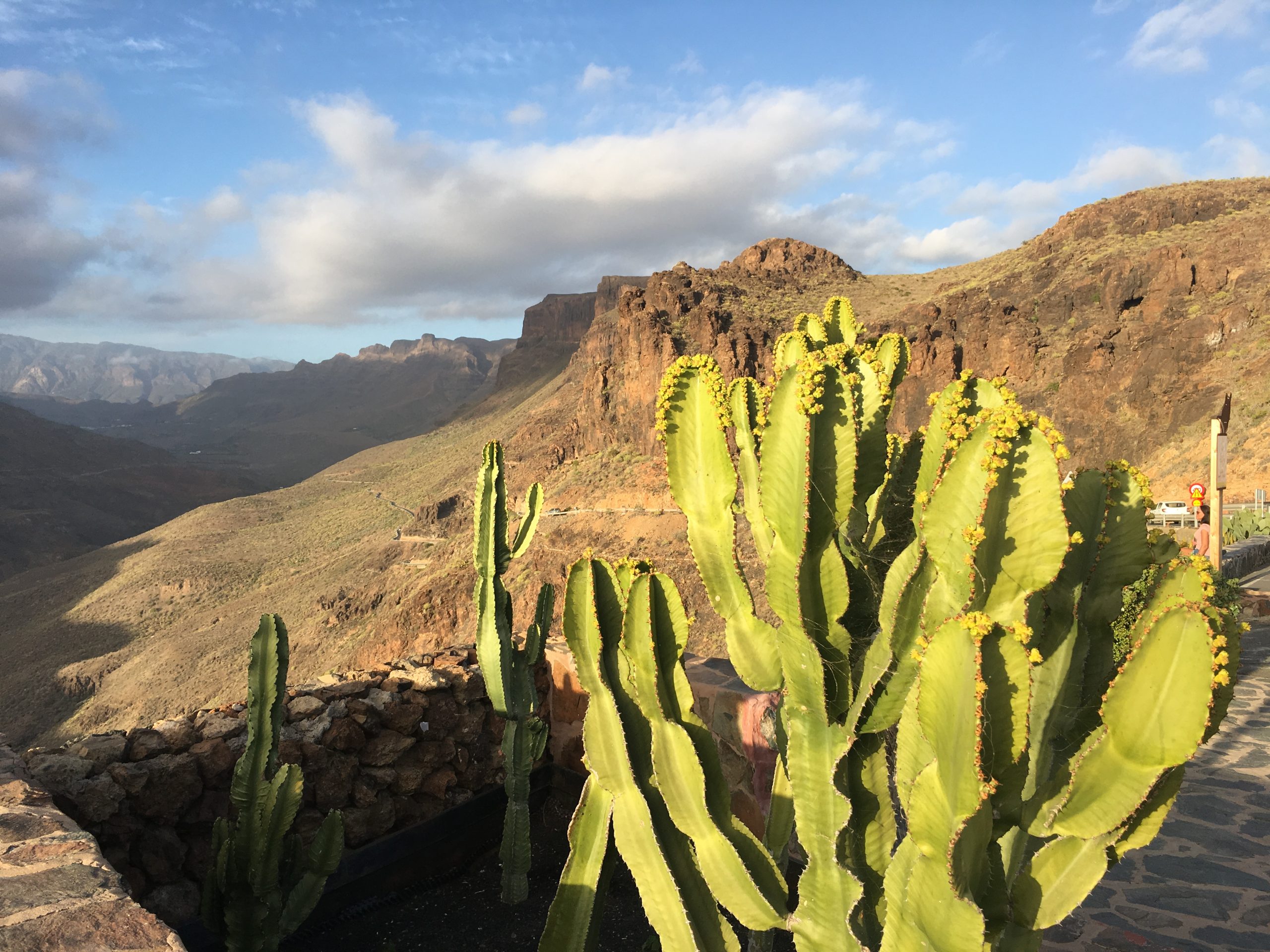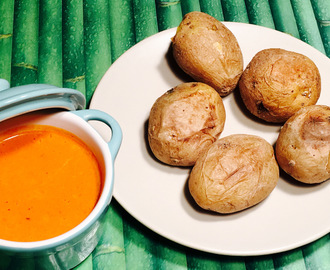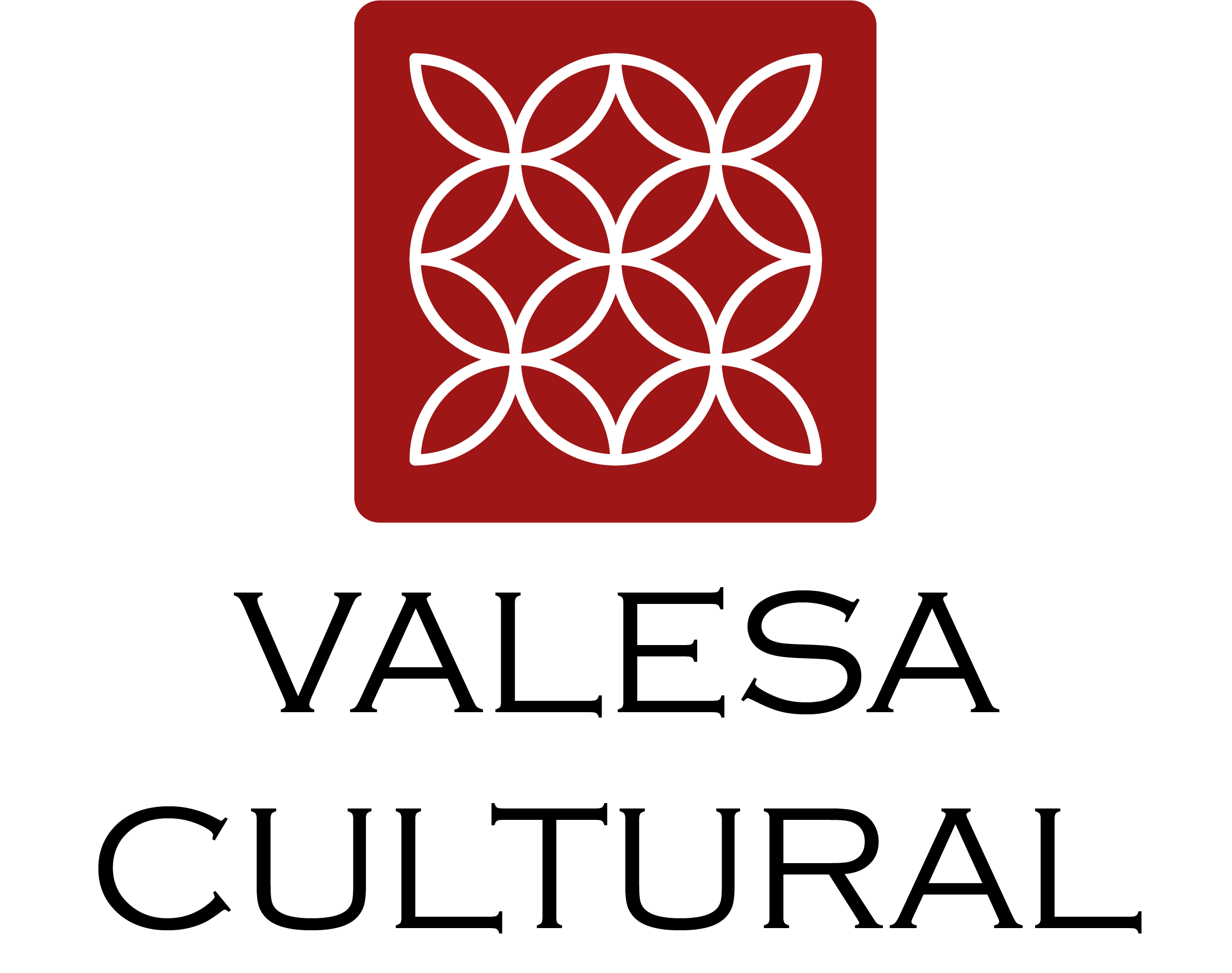Gran Canaria is one of Spain’s seven Canary Islands and home to several breathtaking natural wonders. Like all the Canary Islands, Gran Canaria is volcanic, with a warm, dry climate and black soil/sand. However, you can also find white sandy beaches and a gorgeous rural, mountainous landscape.
The capital city of Las Palmas offer the fascinating old quarters of Vegueta and Triana, with typical colonial architecture and narrow streets from the past 500 years witnessing pirates, warriors, and residents making their mark on history. The Casa de Colón is a museum that reflects colonialism inside and out, from the wooden balconies to the maps detailing each of Columbus’ expeditions. The strong connection between Canary Islands and the Americas cannot be missed here.
Nature lovers must see the Maspalomas dunes. This 900-acre landscape of pure sand on the shores of the Atlantic Ocean or head for the mountains and go to the top of Pico de las Nieves, the highest peak, to enjoy the stunning views. Most of the island is a protected reserve and so the options and excursions nearby are many.


The seaside village of Mogán, with a small port, sandy beach and colorful streets is a recommended stop as well as Puerto de las Nieves and Pueblo de Tejeda, named one of the prettiest villages in Spain. The town is famous for its almond trees used to make several local sweet treats such as “bienmesabe” or marzipan.
In the heart of the island, don’t miss the town of Teror, one of the island’s greatest treasures. This colonial style village is home to cobbled streets, hanging balconies and a Basilica that dates back to the 18th century.
If you’re looking to relax, make sure to go south and visit the Playa de Amadores, a white sand beach with clear waters, or Anfi del Mar, where you can relax under the palm trees or have a drink at a nearby restaurant. Or you could take a day trip to the nearby beachy island of Fuerteventura if there is time.
Our team will gladly plan the perfect itinerary for you on Gran Canaria.
